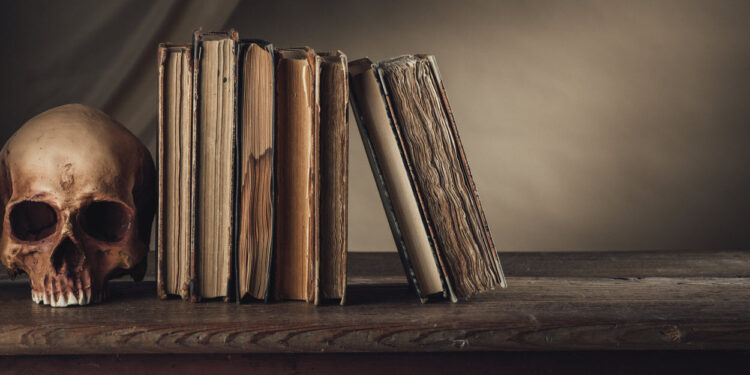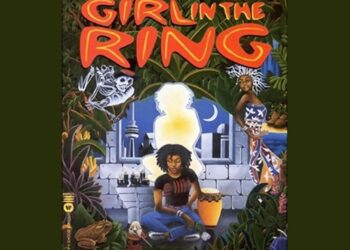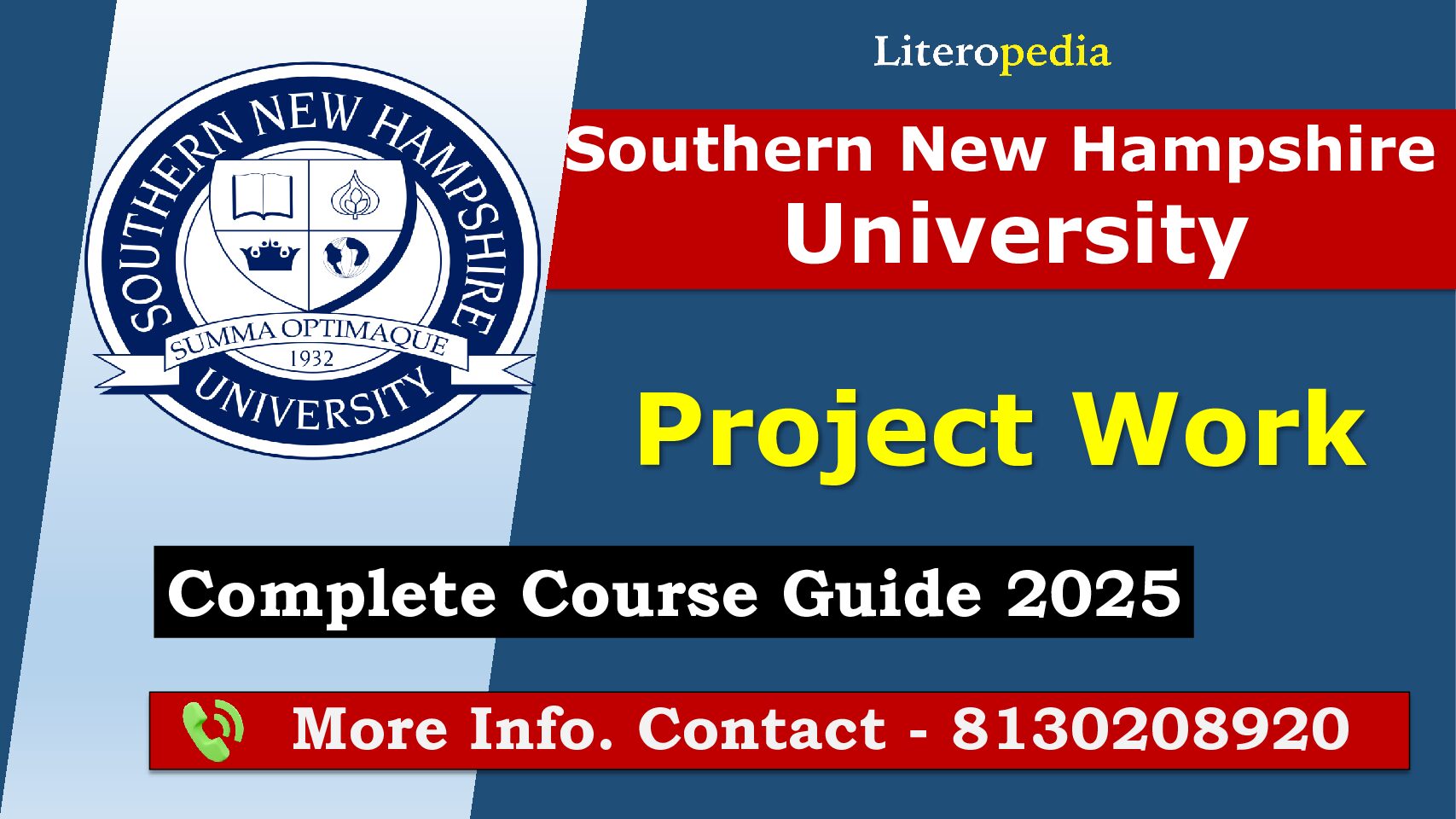50+ MCQs on Gothic literature with Answers for UGC NET / SET Prepration
1. Who is considered the author of the first Gothic novel?
a) Mary Shelley
b) Horace Walpole
c) Bram Stoker
d) Emily Brontë
2. Which of the following elements is NOT commonly found in Gothic literature?
a) Romantic love
b) Supernatural occurrences
c) Villains with redeeming qualities
d) Creepy settings
3. The term “Gothic” originally referred to:
a) A style of architecture
b) A type of clothing
c) A form of music
d) A genre of literature
4. The setting of a typical Gothic novel is often:
a) A bustling city
b) A peaceful countryside
c) An isolated castle or mansion
d) A modern apartment building
5. Who wrote the Gothic novel “Frankenstein,” published in 1818?
a) Mary Shelley
b) Edgar Allan Poe
c) Emily Brontë
d) Charlotte Perkins Gilman
6. Gothic literature often explores themes related to:
a) Optimism and hope
b) Enlightenment philosophy
c) Death and decay
d) Scientific progress
7. Which of the following is a famous early example of a Gothic short story?
a) “The Tell-Tale Heart” by Edgar Allan Poe
b) “The Fall of the House of Usher” by Washington Irving
c) “The Yellow Wallpaper” by Charlotte Perkins Gilman
d) “The Castle of Otranto” by Horace Walpole
8. In Gothic literature, the protagonist often encounters:
a) Friendly ghosts
b) Cheerful townsfolk
c) Mysterious strangers
d) Loving families
9. Which of the following is NOT a common motif in Gothic literature?
a) Madness
b) Darkness
c) Sunshine and rainbowsMCQs on Gothic literature
d) Haunted houses
10. Who wrote the Gothic novel “Dracula,” published in 1897?
a) Bram Stoker
b) Mary Shelley
c) Emily Brontë
d) Edgar Allan Poe
Also Read-
50+ MCQs on Metafiction with Answers for UGC NET / SET Prepration
50+ MCQs on History with Answers for UGC NET / SET Prepration
50+ MCQs on Epistolary Novels with Answers for UGC NET / SET Prepration
11. Gothic literature is characterized by its:
a) Optimistic outlookMCQs on Gothic literature
b) Happy endings
c) Atmosphere of terror and mystery
d) Emphasis on realism
12. Which of the following is a common archetype in Gothic literature?
a) The brave hero
b) The innocent child
c) The wise elder
d) The sinister villain
13. In Gothic literature, the heroine is often portrayed as:
a) Weak and helpless
b) Resourceful and courageous
c) Cynical and jaded
d) Evil and manipulative
14. Which of the following is a famous Gothic novella by Henry James?
a) “The Turn of the Screw”
b) “The Picture of Dorian Gray”
c) “Wuthering Heights”
d) “Jane Eyre”
15. The term “Female Gothic” refers to:
a) Gothic novels written by female authors
b) Gothic novels with female protagonists
c) Gothic novels with feminist themes
d) All of the above
16. In Gothic literature, the villain often embodies:
a) Pure goodness
b) Rationality and logic
c) Supernatural powers
d) Virtuous qualities
17. Which of the following is a famous Gothic novel by Emily Brontë?
a) “Frankenstein”
b) “Dracula”
c) “Wuthering Heights”MCQs on Gothic literature
d) “The Monk”
18. Gothic literature often explores anxieties related to:
a) Technological advancements
b) Romantic relationships
c) Social class and hierarchyMCQs on Gothic literature
d) Environmental conservation
19. Who wrote the Gothic novel “The Castle of Otranto,” published in 1764?
a) Ann Radcliffe
b) Edgar Allan PoeMCQs on Gothic literature
c) Horace Walpole
d) Jane Austen
20. The term “Sublime” is often associated with:
a) Cheerful landscapes
b) Small, cozy cottages
c) Vast, awe-inspiring landscapes
d) Happy endings
21. Which of the following is a characteristic of the Gothic villain?
a) Honesty and integrity
b) Complexity and depth
c) Pure evilness
d) Naivety and innocence
22. Who is considered the author of the first Gothic short story?
a) Edgar Allan Poe
b) Washington Irving
c) Charlotte Perkins Gilman
d) Nathaniel Hawthorne
23. The term “Southern Gothic” refers to:
a) Gothic novels set in the southern United States
b) Gothic novels written by southern authors
c) Gothic novels with southern protagonists
d) All of the above
24. In Gothic literature, the supernatural is often used to:
a) Provide comic relief
b) Create a sense of mystery and terror
c) Encourage rational thinking
d) None of the above
25. Who wrote the Gothic novel “The Mysteries of Udolpho,” published in 1794?
a) Mary Shelley
b) Emily Brontë
c) Ann Radcliffe
d) Charlotte Perkins Gilman
26. The term “Urban Gothic” refers to:
a) Gothic novels set in rural areas
b) Gothic novels set in urban environments
c) Gothic novels with urban protagonists
d) Gothic novels with contemporary settings
27. Which of the following is a famous Gothic novel by Daphne du Maurier?
a) “Rebecca”
b) “Northanger Abbey”
c) “The Haunting of Hill House”
d) “The Turn of the Screw”
28. In Gothic literature, the motif of the doppelgänger represents:
a) The struggle between good and evil
b) Psychological instability
c) Romantic love
d) None of the above
29. Who wrote the Gothic novel “Melmoth the Wanderer,” published in 1820?
a) Ann Radcliffe
b) Edgar Allan Poe
c) Charlotte Perkins Gilman
d) Charles Maturin
30. The term “Gothic Revival” refers to:
a) A period of renewed interest in Gothic literature and architecture
b) A movement to abolish Gothic literature
c) A style of writing characterized by optimism and hopeMCQs on Gothic literature
d) A genre of literature focusing on romance and adventure
31. In Gothic literature, the motif of the haunted house symbolizes:
a) Stability and security
b) Past traumas and repressed memories
c) Rationality and logicMCQs on Gothic literature
d) None of the above
32. Which of the following is a famous Gothic novel by Oscar Wilde?
a) “Dracula”
b) “The Monk”
c) “The Picture of Dorian Gray”
d) “Wuthering Heights”
33. In Gothic literature, the motif of the uncanny represents:
a) Familiar and comforting elements
b) Strange and unsettling elements
c) Rational and logical elements
d) None of the above
34. Who is considered the author of the first American Gothic novel?
a) Nathaniel Hawthorne
b) Washington Irving
c) Edgar Allan Poe
d) Charles Brockden Brown
35. The term “Southern Gothic” often explores themes related to:
a) Urbanization and industrialization
b) Racism and social injustice
c) Technological advancements
d) Romantic relationships
36. Who wrote the Gothic novel “Carmilla,” published in 1872?
a) Bram Stoker
b) Mary Shelley
c) Sheridan Le Fanu
d) Emily Brontë
37. The term “Female Gothic” often focuses on:
a) Female protagonists facing supernatural threats
b) Female authors writing Gothic literature
c) Feminist themes and concerns
d) All of the above
38. Which of the following is a famous Gothic novel by Shirley Jackson?
a) “The Haunting of Hill House”MCQs on Gothic literature
b) “The Fall of the House of Usher”
c) “The Mysteries of Udolpho”
d) “Frankenstein”
39. In Gothic literature, the motif of the labyrinth represents:
a) Clarity and simplicity
b) Complexity and confusion
c) Enlightenment and wisdom
d) None of the above
40. Who wrote the Gothic novel “Vathek,” published in 1786?
a) Ann Radcliffe
b) Edgar Allan Poe
c) William Beckford
d) Mary Shelley
41. The term “Urban Gothic” often explores themes related to:
a) Nature and the wilderness
b) Urban decay and social alienation
c) Romantic love and adventure
d) None of the above
42. In Gothic literature, the motif of the forbidden knowledge represents:
a) Innocence and purity
b) Scientific progress and enlightenment
c) Ignorance and superstition
d) None of the above
43. Who wrote the Gothic novel “The Monk,” published in 1796?
a) Charles Maturin
b) Matthew Lewis
c) William Beckford
d) Ann Radcliffe
44. The term “Female Gothic” often features heroines who:
a) Embrace traditional gender roles
b) Rebel against societal norms
c) Are passive and submissive
d) None of the above
45. In Gothic literature, the motif of the grotesque represents:
a) Beauty and harmony
b) Ugliness and distortion
c) Rationality and logic
d) None of the above
46. Who wrote the Gothic novel “The Castle of Wolfenbach,” published in 1793?
a) Clara Reeve
b) William Beckford
c) Charlotte Perkins Gilman
d) Ann Radcliffe
47. The term “Sublime” in Gothic literature often refers to:
a) Beauty and perfection
b) Terror and awe-inspiring nature
c) Rationality and logic
d) None of the above
48. Which of the following is a famous Gothic novel by Edgar Allan Poe?
a) “The Castle of Otranto”
b) “The Fall of the House of Usher”
c) “Wuthering Heights”
d) “Jane Eyre”
49. In Gothic literature, the motif of the doppelgänger symbolizes:
a) The union of opposites
b) Psychological instability and conflictMCQs on Gothic literature
c) Rationality and logic
d) None of the above
50. Who wrote the Gothic novel “The Italian,” published in 1797?
a) Ann RadcliffeMCQs on Gothic literature
b) Matthew Lewis
c) Clara Reeve
d) William Beckford
1. b) Horace Walpole
2. a) Romantic love
3. a) A style of architectureMCQs on Gothic literature
4. c) An isolated castle or mansion
5. a) Mary Shelley
6. c) Death and decay
7. d) “The Castle of Otranto” by Horace Walpole
8. c) Mysterious strangers
9. c) Sunshine and rainbows
10. a) Bram Stoker
11. c) Atmosphere of terror and mystery
12. d) The sinister villain
13. b) Resourceful and courageous
14. a) “The Turn of the Screw”
15. d) All of the aboveMCQs on Gothic literature
16. c) Pure evilnessMCQs on Gothic literature
17. c) “Wuthering Heights”
18. c) Social class and hierarchy
19. c) Horace WalpoleMCQs on Gothic literature
20. c) Vast, awe-inspiring landscapes
21. c) Pure evilness
22. d) Nathaniel HawthorneMCQs on Gothic literature
23. d) All of the above
24. b) Create a sense of mystery and terror
25. c) Ann Radcliffe
26. d) Gothic novels with contemporary settings
27. a) “Rebecca”
28. b) Psychological instability
29. d) Charles Maturin
30. a) A period of renewed interest in Gothic literature and architecture
31. b) Past traumas and repressed memories
32. c) “The Picture of Dorian Gray”
33. b) Strange and unsettling elements
34. d) Charles Brockden Brown
35. b) Racism and social injustice
36. c) Sheridan Le Fanu
37. c) Feminist themes and concerns
38. a) “The Haunting of Hill House”
39. b) Complexity and confusion
40. c) William Beckford
41. b) Urban decay and social alienation
42. b) Scientific progress and enlightenment
43. b) Matthew Lewis
44. b) Rebel against societal norms
45. b) Ugliness and distortion
46. a) Clara Reeve
47. b) Terror and awe-inspiring nature
48. b) “The Fall of the House of Usher”
49. b) Psychological instability and conflict
50. d) William Beckford
















